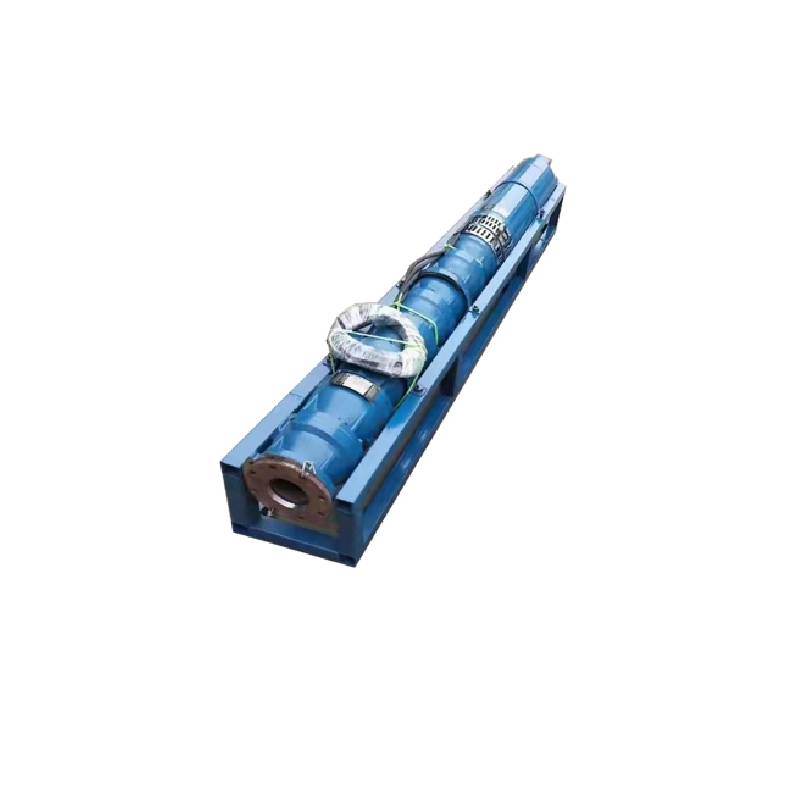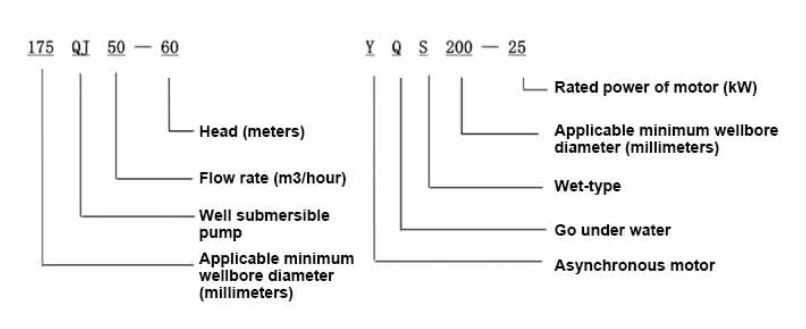1 月 . 25, 2025 20:37 Back to list
how to install deep well submersible pump
Installing a deep well submersible pump is a meticulous process that requires careful attention to detail and specialized expertise to ensure efficiency and longevity of the system. The following guide outlines clear, actionable steps based on professional experience and industry standards, drawing on decades of expertise from leading experts in water systems.
3. Installation Process - Secure the Pump Begin by attaching a safety cable to the pump. This increases security and acts as a failsafe during retrieval operations. - Electrical Wiring Connect the wires from the control box to the pump. Use waterproof connectors to prevent short circuits and preserve the integrity of the electrical system. - Fit the Torque Arrestor Install a torque arrestor to stabilize the pump during operation. This minimizes mechanical stress and extends the life of the installation. - Attach the Drop Pipe Connect the pump to the drop pipe, ensuring all connections are airtight. Use Teflon tape for sealing threaded connections. - Install Check Valves Position check valves at intervals along the drop pipe to prevent backflow, which can damage the pump and lead to system inefficiencies. - Lower the Pump Slowly lower the pump into the well, ensuring it does not twist or snag on the well casing. The use of a winch or tripod can help control the descent properly. - Secure the Top Once the pump is in position, secure the well cap and properly connect the discharge pipe to the water system. 4. Testing and Calibration - Initial Test Run Power the pump and observe if the water flow is consistent and within the projected parameters. Adjust the pressure switch settings if necessary. - Safety Checks Inspect all electrical connections, ensuring they are insulated against moisture. Check for vibration or noise that could indicate alignment issues. 5. Maintenance Guidelines - Regular Inspections Regularly check the pump’s performance and schedule annual professional inspections. Watch for signs of wear, such as reduced water pressure or unusual noises. - Monitor Electrical Systems Consistent monitoring and testing of the electrical systems can prevent issues before they arise. - Water Quality Check for sediment or minerals in the water that could clog the system. Installing a filter can mitigate these risks. The successful installation and maintenance of a deep well submersible pump rest on professional diligence and attention to technical detail, drawing from years of industry expertise. Understanding these processes enhances system performance and reliability, ensuring consistent water supply while prolonging the pump’s operational lifespan. Comprehensive knowledge and adherence to expert guidelines form the bedrock of effective pump management, courting successful water system management and consumer satisfaction.


3. Installation Process - Secure the Pump Begin by attaching a safety cable to the pump. This increases security and acts as a failsafe during retrieval operations. - Electrical Wiring Connect the wires from the control box to the pump. Use waterproof connectors to prevent short circuits and preserve the integrity of the electrical system. - Fit the Torque Arrestor Install a torque arrestor to stabilize the pump during operation. This minimizes mechanical stress and extends the life of the installation. - Attach the Drop Pipe Connect the pump to the drop pipe, ensuring all connections are airtight. Use Teflon tape for sealing threaded connections. - Install Check Valves Position check valves at intervals along the drop pipe to prevent backflow, which can damage the pump and lead to system inefficiencies. - Lower the Pump Slowly lower the pump into the well, ensuring it does not twist or snag on the well casing. The use of a winch or tripod can help control the descent properly. - Secure the Top Once the pump is in position, secure the well cap and properly connect the discharge pipe to the water system. 4. Testing and Calibration - Initial Test Run Power the pump and observe if the water flow is consistent and within the projected parameters. Adjust the pressure switch settings if necessary. - Safety Checks Inspect all electrical connections, ensuring they are insulated against moisture. Check for vibration or noise that could indicate alignment issues. 5. Maintenance Guidelines - Regular Inspections Regularly check the pump’s performance and schedule annual professional inspections. Watch for signs of wear, such as reduced water pressure or unusual noises. - Monitor Electrical Systems Consistent monitoring and testing of the electrical systems can prevent issues before they arise. - Water Quality Check for sediment or minerals in the water that could clog the system. Installing a filter can mitigate these risks. The successful installation and maintenance of a deep well submersible pump rest on professional diligence and attention to technical detail, drawing from years of industry expertise. Understanding these processes enhances system performance and reliability, ensuring consistent water supply while prolonging the pump’s operational lifespan. Comprehensive knowledge and adherence to expert guidelines form the bedrock of effective pump management, courting successful water system management and consumer satisfaction.
Latest news
-
Your Guide to Deep Well Pumps
NewsOct.31,2024
-
Why Choose a Stainless Steel Deep Well Pump?
NewsOct.31,2024
-
Understanding Water-Filled Submersible Pumps
NewsOct.31,2024
-
Understanding SS Submersible Pumps
NewsOct.31,2024
-
Reliable Submersible Well Pumps for Your Water Supply Needs
NewsOct.31,2024
-
Choosing the Right Submersible Pump for Your Water Management Needs
NewsOct.31,2024
-
 Understanding Water-Filled Submersible PumpsWhen it comes to selecting the right pump for your water management needs, understanding the different types available is crucial.Detail
Understanding Water-Filled Submersible PumpsWhen it comes to selecting the right pump for your water management needs, understanding the different types available is crucial.Detail -
 Guide to Installing a Deep Well Submersible PumpWhen dealing with deep wells, a deep well submersible pump is often the most effective solution for extracting water from significant depths.Detail
Guide to Installing a Deep Well Submersible PumpWhen dealing with deep wells, a deep well submersible pump is often the most effective solution for extracting water from significant depths.Detail -
 Finding the Right Submersible PumpWhen seeking an efficient solution for pumping water from deep wells, sumps, or other applications, the submersible pump is a leading choice.Detail
Finding the Right Submersible PumpWhen seeking an efficient solution for pumping water from deep wells, sumps, or other applications, the submersible pump is a leading choice.Detail
